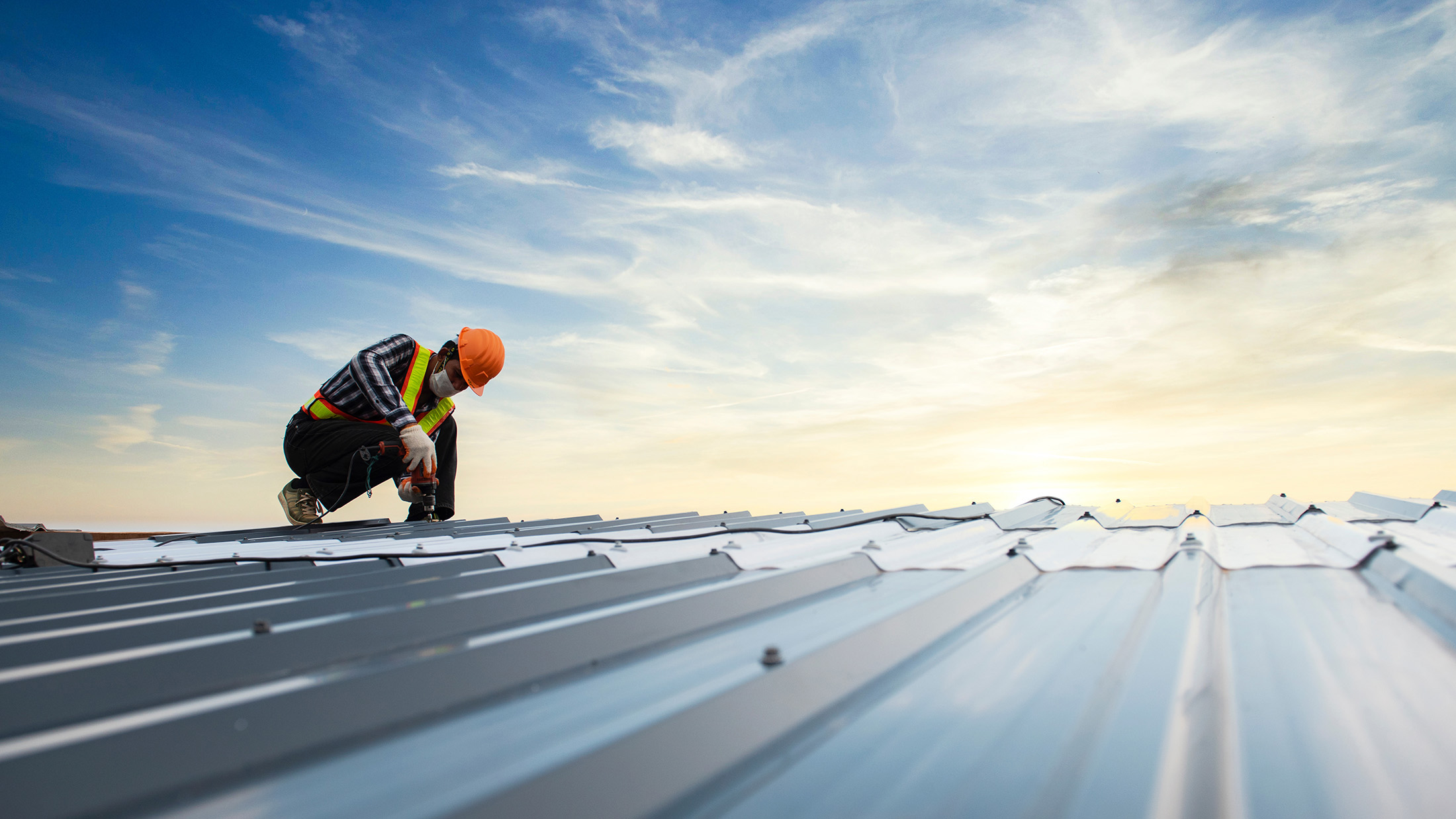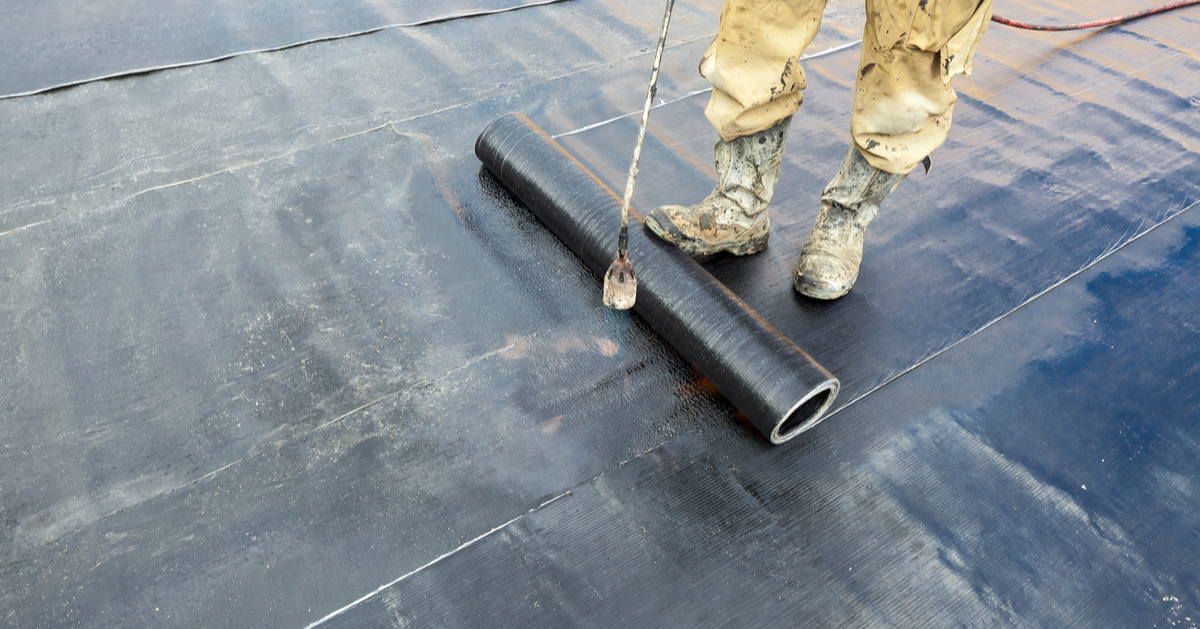What Makes Water Solutions Omaha a Top Choice for Homeowners
Wiki Article
How Waterproofing Functions: A Comprehensive Look at Techniques and Technologies
Waterproofing is important for securing structures from moisture-related damages. It entails different strategies and innovations that create obstacles versus water breach. Typical methods, such as compressed clay, coexist with modern-day innovations like liquid-applied membranes. Recognizing the subtleties of these techniques is important for effective application. The efficiency of any waterproofing service pivots not just on the techniques used but additionally on continuous upkeep and evaluation. What are the vital aspects that affect long-lasting performance?Recognizing the Basics of Waterproofing
Waterproofing is an essential procedure that shields structures from water breach, which can cause considerable damage gradually. This method entails the application of numerous materials and strategies developed to create a barrier against dampness. The key goal is to avoid water from permeating surfaces, which can cause damage, mold development, and structural instability.Various elements influence the option of waterproofing technique, including the kind of framework, its area, and ecological problems. Understanding the physics of water motion and the homes of different materials is essential in picking an effective waterproofing solution.Effective waterproofing not just safeguards structures but additionally improves their durability and integrity. Typically, it is integrated right into the layout phase of construction to guarantee comprehensive security. As recognition of water-related issues grows, the importance of understanding waterproofing fundamentals comes to be significantly clear to architects, builders, and residential property owners alike.Typical Waterproofing Approaches
Traditional waterproofing methods have actually been used for centuries, depending on tried and true methods and materials to protect structures from water damages. One of the earliest techniques includes making use of clay, which, when compacted, produces a natural obstacle against dampness. In addition, bitumen, a sticky, black material originated from petroleum, has been used for its water-resistant residential properties, often related to roof coverings and foundations.Another method involves the application of lime-based plasters, which provide a breathable layer that allows moisture to escape while avoiding water access. Thatch roof, a traditional method still seen in some societies, offers outstanding waterproofing due to its tightly packed straw layers.Moreover, using stone and brick has projected, as these products are naturally resistant to water when properly installed. Generally, conventional waterproofing methods stress the value of selecting suitable products and construction methods to boost durability against water intrusion.Modern Waterproofing Technologies
Developments in modern-day waterproofing technologies have transformed the way frameworks are protected from water damages. Ingenious techniques such as liquid-applied membrane layers and innovative sealants have improved the performance and adaptability of waterproofing services. These modern technologies enable seamless application, lowering the danger of leakages and making certain thorough coverage over complex surfaces.Moreover, the combination of wise modern technologies, such as dampness sensing units and automated tracking systems, allows real-time evaluation of waterproofing efficiency. This positive technique facilitates prompt upkeep and minimizes long-term repair service costs.Additionally, advancements in spray-applied finishes provide fast application and exceptional bond, adjusting to various substratums while supplying robust defense. Methods like polymer-modified systems additionally improve flexibility and sturdiness, making them appropriate for varied environments. In general, modern waterproofing modern technologies not only alleviate water intrusion yet also add to the durability and sustainability of frameworks, marking a considerable shift in the industry.Materials Utilized in Waterproofing
The effectiveness of waterproofing services heavily counts on the products used in their application. Different materials are employed to create barriers versus water ingress, each with one-of-a-kind properties fit for different settings. Generally made use of materials include membrane layers, layers, and sealants.Liquid-applied membrane layers, commonly made from polyurethane or acrylic, form a smooth barrier that adapts to complicated surfaces. Sheet membrane layers, usually built from rubber or polycarbonate, deal toughness and are suitable for bigger areas. Additionally, cementitious waterproofing materials, made up of cementitious substances, supply outstanding attachment and flexibility.Sealants made from silicone or polyurethane bituthene 3000 are vital for joints and joints, making certain comprehensive defense. Innovative products, such as geo-composite membranes, incorporate multiple features, improving performance. Generally, the choice of waterproofing materials is important in attaining resilient and effective water resistance, tailored to details task needs and environmental conditions.
Typical Applications of Waterproofing
Waterproofing plays a crucial duty in different industries, making sure the longevity and honesty of structures. Common applications include property remedies that safeguard homes, business infrastructure that safeguards companies, and industrial setups that require robust security versus wetness. Comprehending these applications highlights the significance of waterproofing in preserving both safety and capability throughout various environments.Residential Waterproofing Solutions
Several property owners deal with difficulties with moisture invasion, making effective property waterproofing remedies vital. Numerous approaches exist to address this problem, consisting of inside and exterior waterproofing systems. Inside services commonly entail the application of sealants and coatings to basement walls, which aid prevent water infiltration. Outside techniques usually include the installment of drainage systems and water resistant membranes that divert water away from the foundation.Additionally, house owners might consider sump pumps to remove water build-up and dehumidifiers to regulate humidity levels. Correct grading and using seamless gutters also play a vital function in handling water flow around the home. By implementing these methods, home owners can considerably decrease the risk of water damage and mold and mildew growth, making sure a completely dry and risk-free living environment.
Industrial Facilities Security
Reliable waterproofing remedies play an important function in the security of business facilities. Landscape drainage Omaha. These techniques are crucial for safeguarding buildings, car parking structures, and bridges from water damage, which b dry basement waterproofing can endanger architectural honesty and cause expensive repair work. Common applications consist of the installation of membrane layers, finishes, and sealants that develop barriers versus wetness infiltration. Areas such as cellars, roofs, and outside wall surfaces are typically focused on to assure longevity and toughness. In addition, waterproofing systems can boost power performance by stopping water-related problems that might result in mold and mildew development and deterioration. By applying durable waterproofing measures, homeowner can protect their financial investments and maintain functional efficiency, inevitably adding to the total sustainability of industrial facilitiesIndustrial Applications Review
While different industries encounter distinct difficulties, the need for trustworthy waterproofing options continues to be a constant in industrial applications. Industries such as manufacturing, construction, and energy frequently experience environments where moisture exposure can threaten structural integrity and operational efficiency. In manufacturing facilities, waterproofing is important for securing machinery and materials from water damage. In building and construction, it safeguards foundations and basements against groundwater seepage. The energy field depends on waterproofing for the security of tools in hydroelectric plants and overseas frameworks. In addition, food processing markets use waterproofing to guarantee hygiene and conformity with safety standards. On the whole, effective waterproofing options are vital for enhancing durability, security, and productivity across numerous industrial settings.
Upkeep and Durability of Waterproofing Solutions
Although waterproofing options are developed to offer long-term protection versus dampness breach, routine maintenance is crucial to assure their performance and durability - Water Solutions. Regular evaluations play a significant role in identifying prospective concerns such as cracks, peeling off, or signs of water damage. Resolving these problems immediately can prevent further damage and costly repairs.Additionally, cleaning the surface of waterproofed locations aids get rid of dirt and debris that can endanger the honesty of the waterproofing obstacle. It's also recommended to reapply protective layers or sealants as recommended by producers to preserve suitable efficiency. Ecological variables, such as UV direct exposure and severe weather, can affect the lifespan of waterproofing materials, making regular assessment importantRegularly Asked Questions
Can Waterproofing Be Applied in Cold Weather?
The question of using waterproofing in chilly climate increases worries about adhesion and treating. Several products may not perform at their ideal in reduced temperatures, demanding cautious option and factor to consider of certain standards for effective application.How Much Time Does Waterproofing Typically Last?
The duration of waterproofing efficiency differs based upon products and environmental elements. Generally, it can last from five to ten years, yet routine upkeep and examinations are important to assure peak performance and long life.Is DIY Waterproofing Effective and Safe?
The performance and security of DIY waterproofing depend upon numerous variables, including material top quality and application technique. While some individuals attain sufficient results, others may come across problems that jeopardize lasting security and structural honesty.What Are the Indications of Failing Waterproofing?
Signs of failing waterproofing consist of noticeable water stains, peeling off paint, mold development, mildewy odors, and wetness in walls or ceilings - French drain installation Omaha. These indicators suggest endangered barriers, requiring timely evaluation and possible remediation to stop more damageJust how Do I Pick the Right Waterproofing Contractor?

Report this wiki page